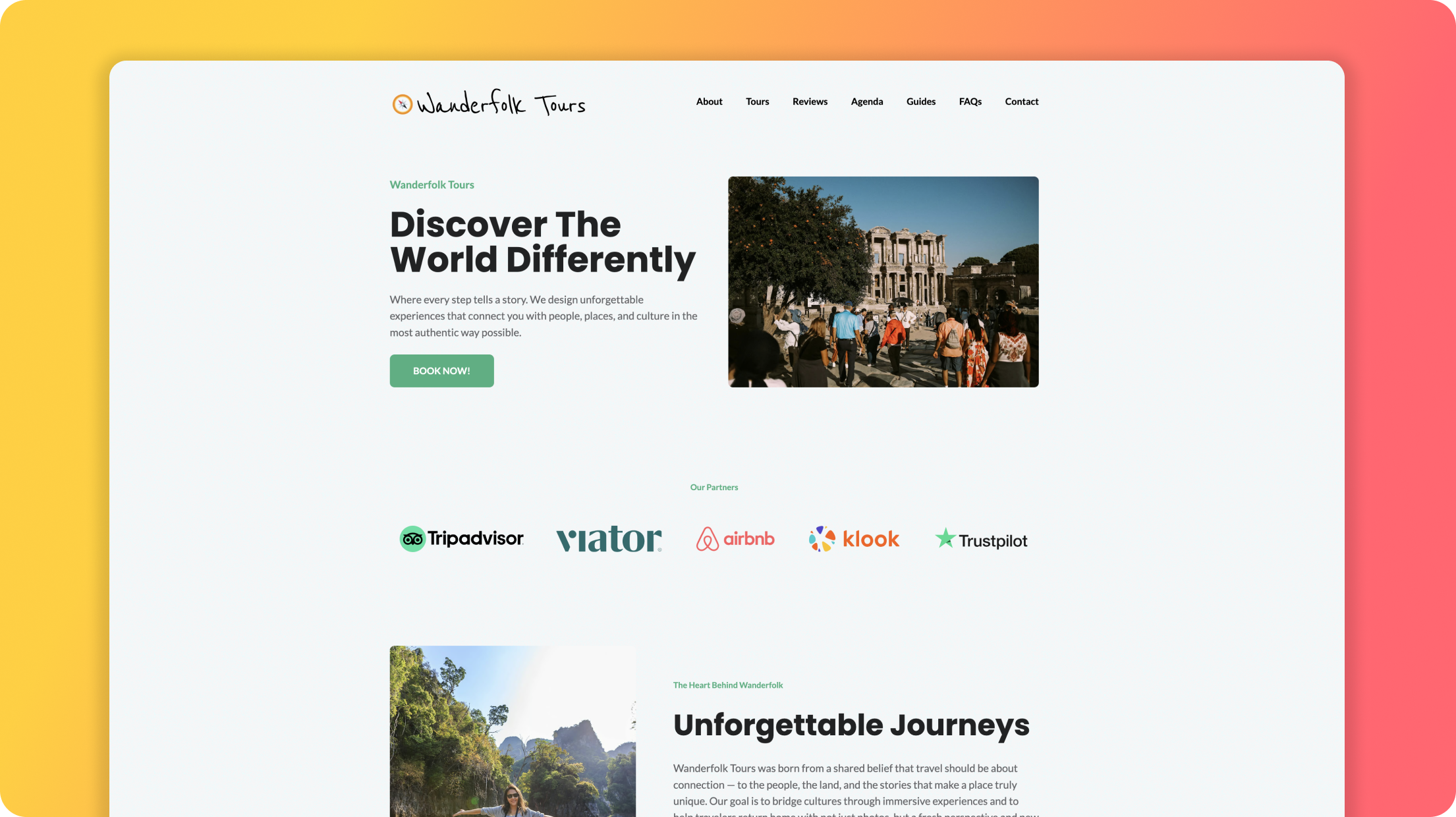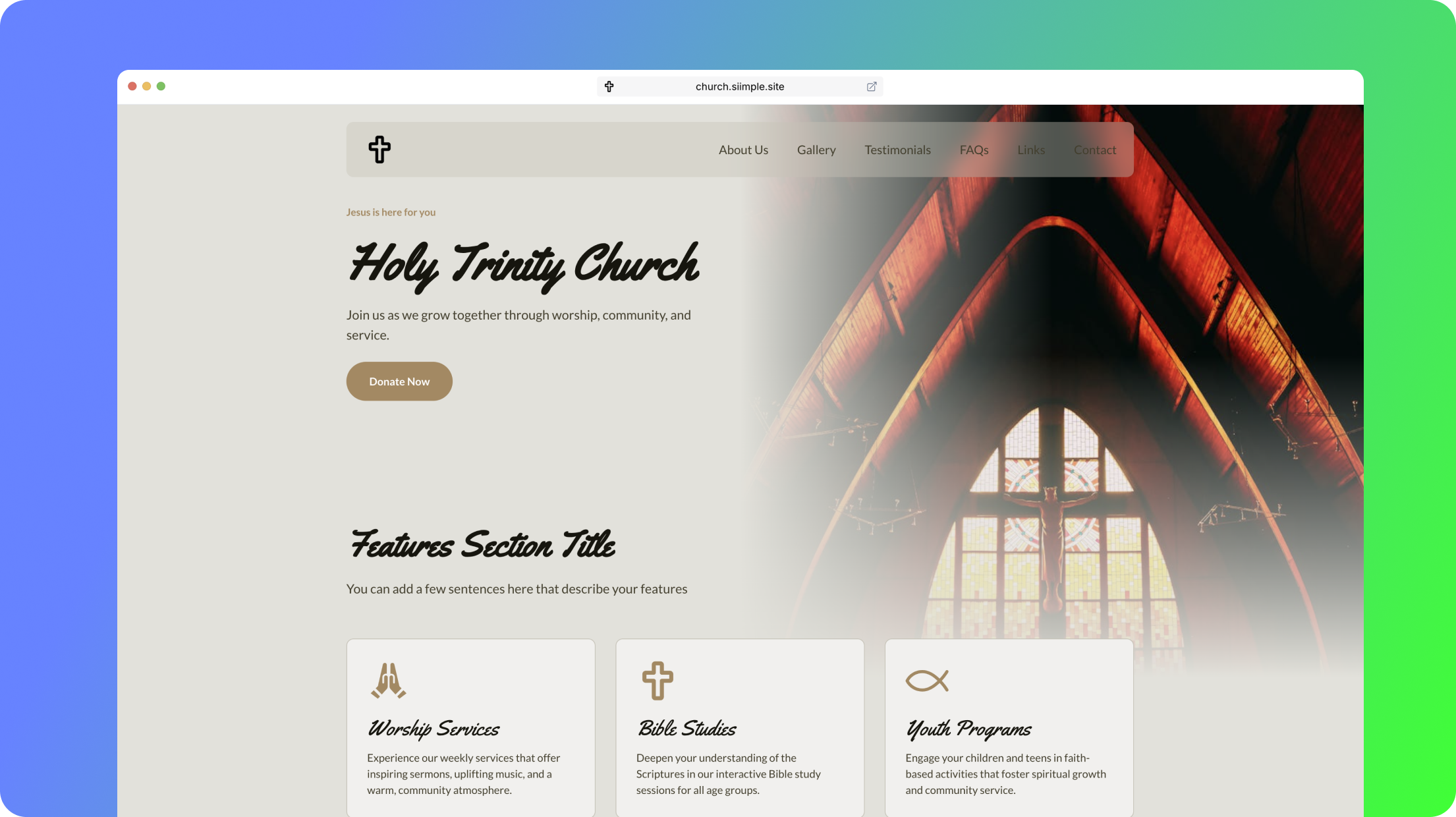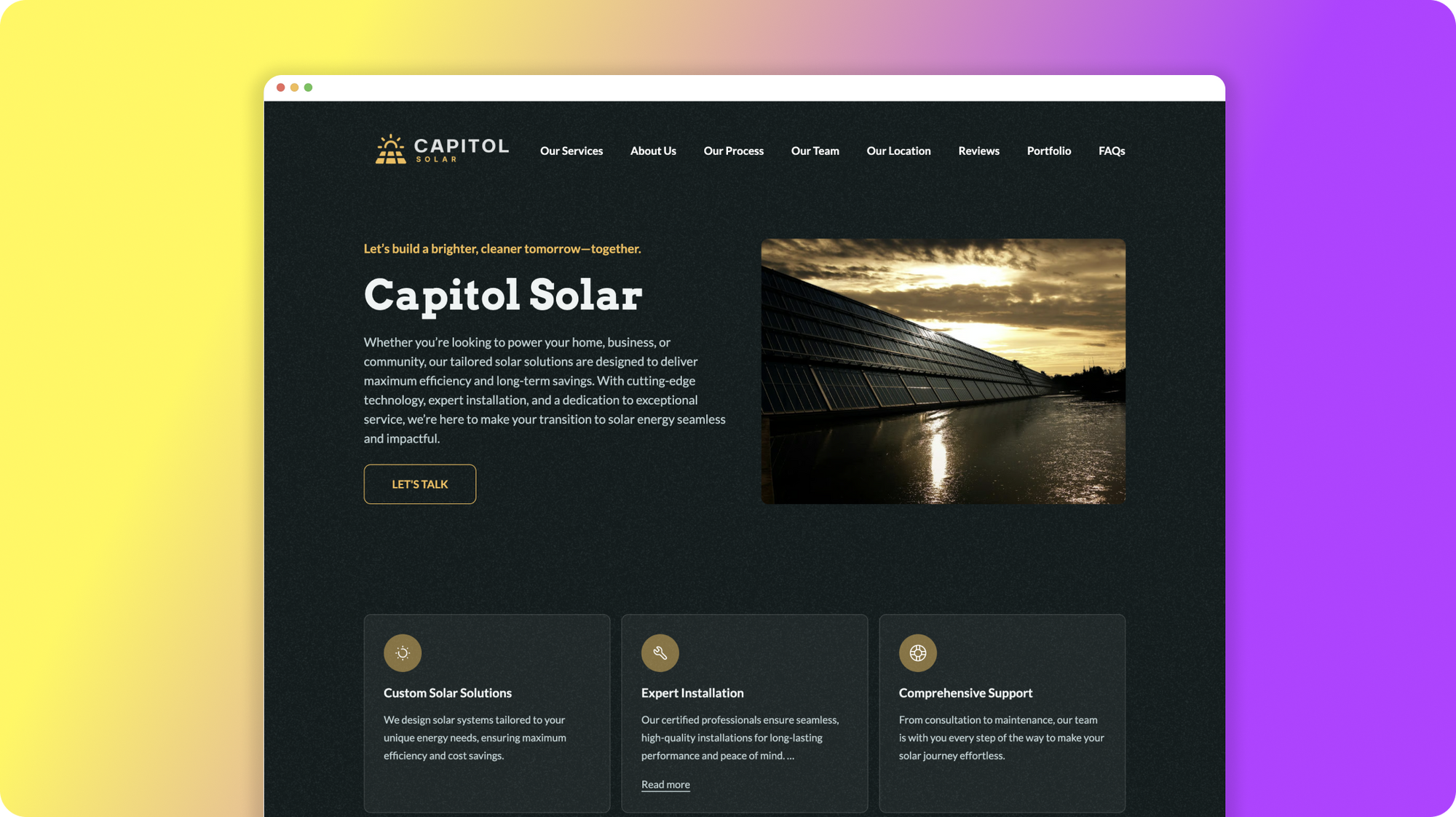The global tourism and activities market is on the rise. According to the World Travel & Tourism Council (WTTC), the travel & tourism sector is growing at around 3.5 % annually and is projected to inject USD 16.5 trillion into the global economy by 2035.
This means your business—whether you run guided tours, adventure excursions, activity booking platforms, or local experiences—has a wealth of opportunity to capture more of this growth.
But growth isn’t automatic. With rising competition, changing traveller behaviour, and digital expectations, tourism and activity businesses must sharpen how they present themselves, manage bookings, engage audiences and deliver memorable experiences. That’s where Siimple comes in: an intuitive website‑builder platform that lets you create high‑impact, conversion‑friendly sites tailored for tours, activities and experiences.
Below are 7 smart tips to help you grow your tourism & activities business — and how you can use Siimple to implement each one.
Tip 1: Create an Engaging & Mobile‑First Web Presence
First impressions matter. In the tourism world, your website is your storefront. Travellers often browse on mobile devices, compare experiences and then book quickly — convenience and design matter.
Using Siimple you can build a mobile‑friendly website fast, with clean design, clear call‑to‑action buttons (e.g., “Book Now”, “Check Availability”), and immersive visuals of your tours or activities. Highlight your unique selling points: whether you offer small‑group adventures, local cultural experiences, or customised activity packages.
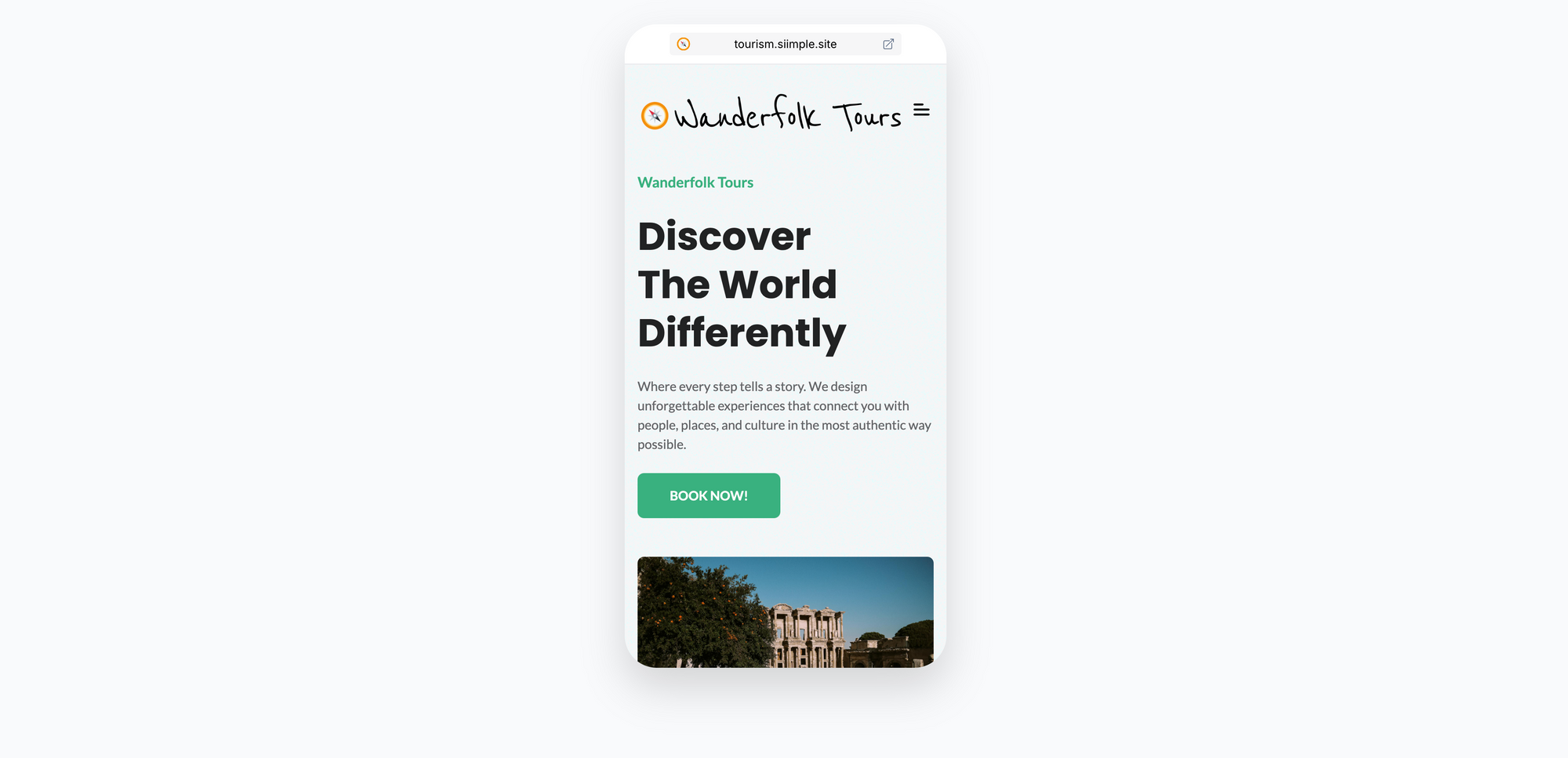
When your site is visually appealing, easy to navigate, and tailored for mobile, you reduce friction in the booking process. That means more conversions, fewer drop‑offs. Siimple’s templates include built‑in responsiveness and performance optimisation, so you don’t have to be a designer or developer to get professional‑grade results.
Pro tip: Always check your website on various mobile devices to make sure the experience is what you intend and guests can see and access everything easily.
Tip 2: Focus on Local SEO & Destination‑Optimised Content
Tourism is as much about where as what. Travellers often search phrases like “best things to do in {destination}”, “top outdoor activities near {city}”, or “family adventures in {region}”. To attract them, your one-page website needs to be optimized around those local search terms — right within your main page content.
With Siimple, you can easily create dedicated content sections for each destination, tour type, or activity theme — all within the same page. For example, add mini‑headings like “Kayaking in Byron Bay”, “Hiking the Blue Mountains”, or “Wine Tasting in the Hunter Valley” with short, keyword‑rich descriptions under each. These micro‑sections act like individual landing areas that search engines can crawl and index.
Because your Siimple website loads quickly and is structured cleanly, Google recognises and ranks each section naturally — helping you appear when travellers are searching for things to do in your area. Combine that with local phrases in your copy, meta title, and image alt tags, and you’ve got an SEO foundation that can compete with bigger operators.
Pro Tip: Siimple’s built‑in SEO data structure (metadata input, fast‑loading pages) can give your business the local discoverability edge. Tie the content back to your site’s booking system so visitors can go from discovery → decision → booking in one seamless flow.
Tip 3: Offer Flexible Booking + Transparent Pricing
In the activities industry, travellers want clarity: what exactly is included, how much it costs, when it runs, cancelation policies, minimum/maximum participants. If any of that is murky, you risk losing bookings.
With Siimple, you can set up pages that clearly list: schedule, price (including optional add‑ons), what to bring, meeting point, cancellation policy and group size. Use Siimple’s form‑block or booking‑widget to embed easy reservation forms (or integrate your existing booking engine).
Transparent, flexible pricing builds trust. If a customer sees “$99 per person (includes gear, guide, photo download)”, they are more likely to commit than if the cost is a mystery. And since the tourism/activities market is projected to hit USD 18.44 trillion by 2032 with a 5.5% CAGR. Zion Market Research+1 You want to capture your share. A lagging, confusing booking system means you leave revenue on the table.
Pro Tip: Use Siimple’s calendar integration like Google and Calendly to allow users to book their experiences.
Tip 4: Leverage User‑Generated Content & Social Proof
In the digital era, travellers trust fellow travellers. Reviews, photos, Instagram posts, testimonials — they all help build credibility. When potential guests see real people enjoying your tours, your business becomes more relatable and trustworthy.
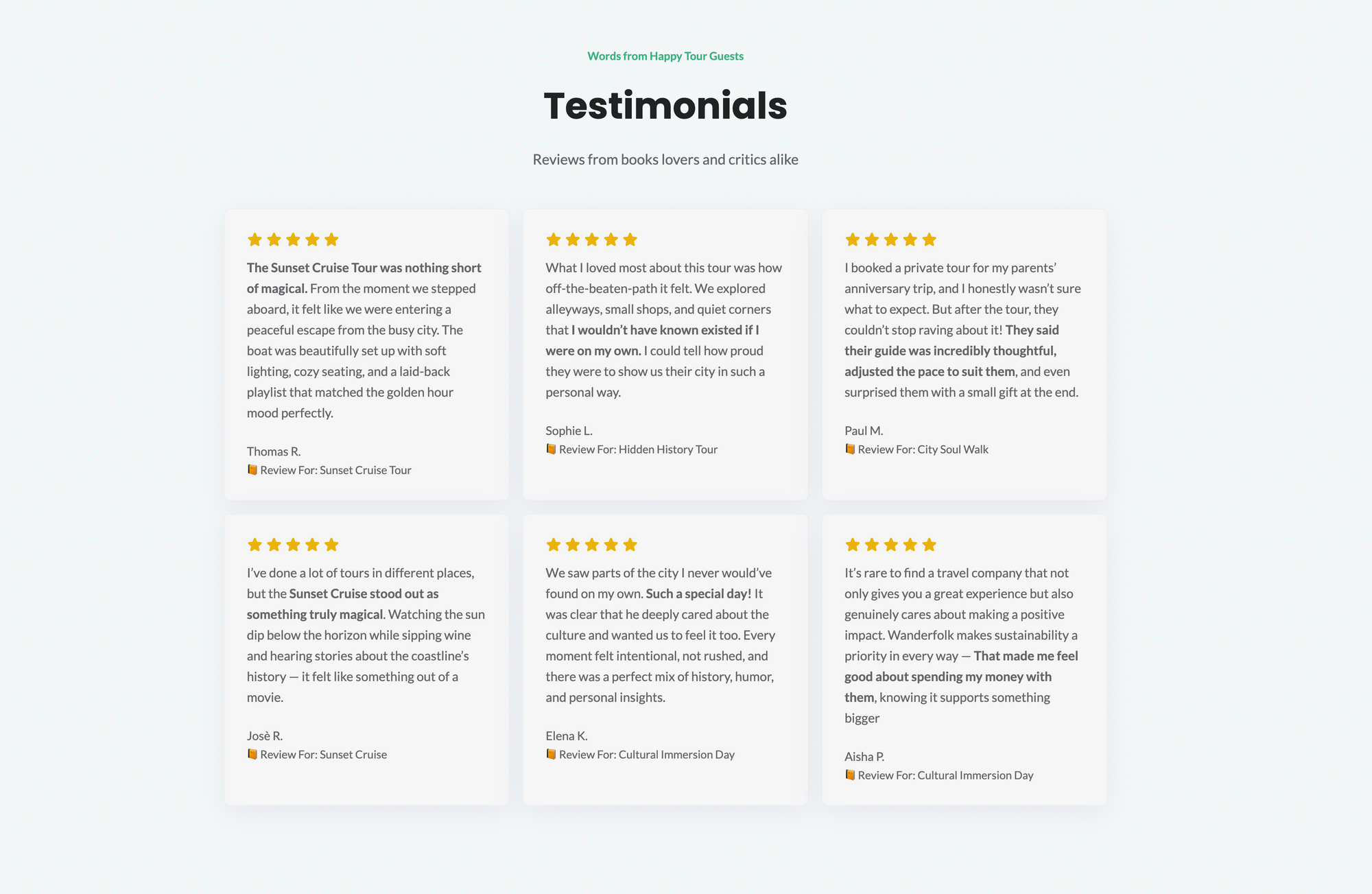
Create a “Gallery” page using Siimple’s image‑grid feature and populate it with high‑quality photos of guests in action (with permission). Add a section titled “What our guests say” and embed short review quotes or video clips. You can also link to your social media feed so website visitors see live activity.
“Tourism companies must continuously innovate … because growth co‑exists with intense competition.” arXiv
By showing that you’re delivering genuine, up‑to‑date experiences, you differentiate yourself from competitors who rely on generic marketing.
Pro Tip: Add a “What Our Guests Say” section to your Siimple site using Testimonials page section. Upload 2–4 real quotes from happy customers.
Tip 5: Showcase All Your Offerings in One Scroll
Every tourism and activity business thrives on variety — whether you run kayaking tours, food walks, sunset cruises, or wildlife excursions, your growth depends on highlighting what makes each experience unique. But presenting multiple offers clearly — without overwhelming visitors — is where most websites fail.
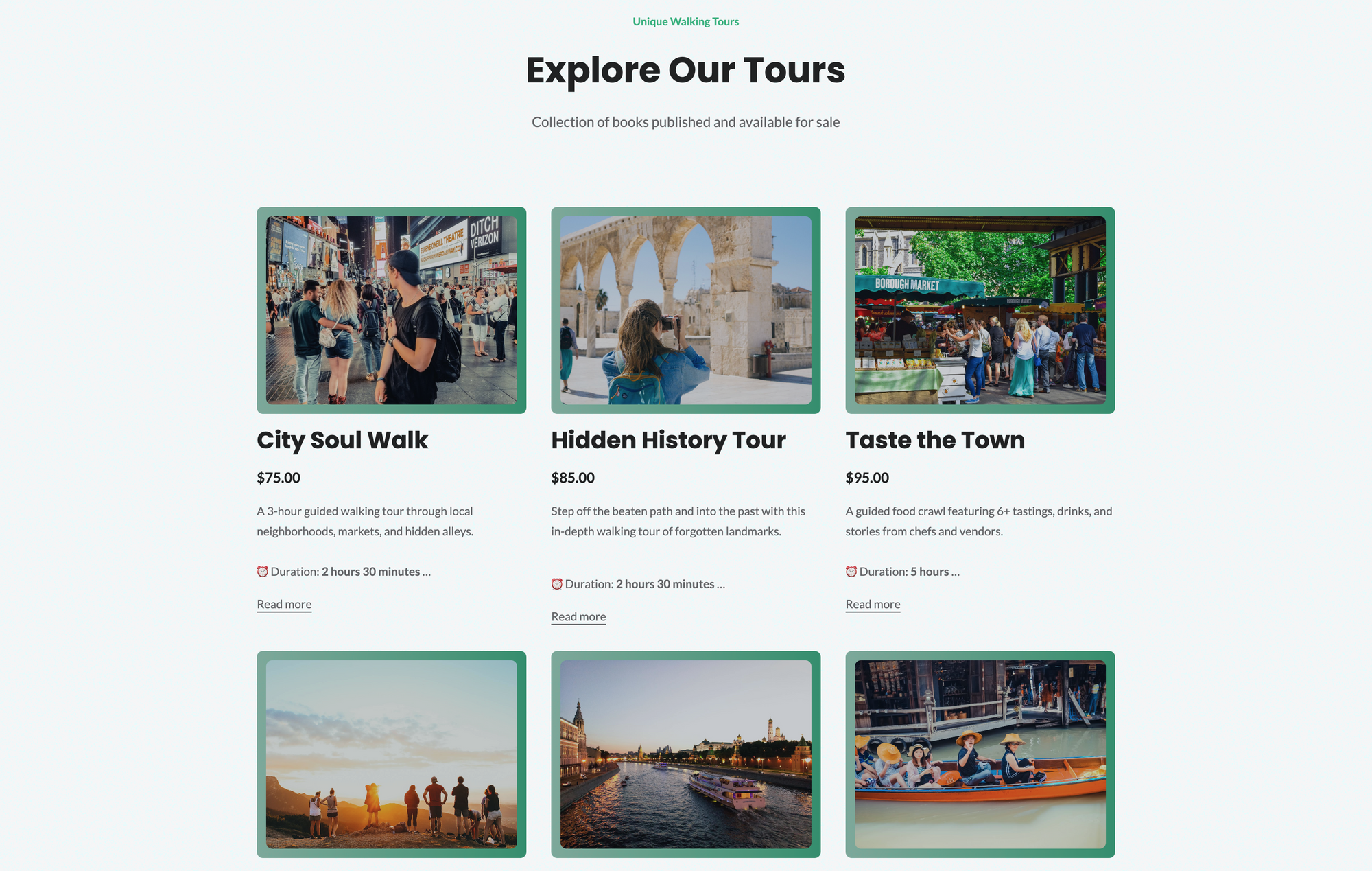
With Siimple, you don’t need complex multi-page navigation. The Offerings section is purpose-built to showcase a range of adventures in a clean, scannable format — all within your one-page website. Each offering can include:
- A name/title of the activity (e.g., “Sunset Kayak Tour”)
- A short description or teaser of what’s included
- A high-quality photo or icon to visually distinguish it
- A clear call-to-action button (e.g., “Book Now”, “See Details”, “Message Us”)
- Optional badges like “Popular”, “New”, or “Family-Friendly”
This section allows you to segment your experiences visually. You can group offers under mini-headlines like “For Families”, “For Couples”, or “Adventure Seekers”, and use image or icon cues to match the tone of each. This gives your guests the feeling that your brand understands their needs — even on a single-page layout.
Even better, you can update offerings instantly without rebuilding your site. Seasonal packages? Last-minute additions? Limited-time events? Just edit the block in Siimple’s no-code builder and hit publish. You’re always current — without developer delays.
Pro tip: Link each offering’s “Book Now” button to a custom calendar link, With Siimple, your one-page site becomes a launchpad for every trip you offer — not just a brochure.
Tip 6: Optimise Instant Booking on‑the‑Go
Many travellers use mobile devices while they are already on the move — browsing for last‑minute bookings, checking availability, comparing offers. If your website isn’t mobile‑optimised, you’ll lose them.
As mentioned earlier, Siimple is built with responsive design in mind. Make sure your pages load fast, buttons are easy to tap, forms are short and the booking process is friction‑free. Use “Book Now” buttons prominently and embed a live availability calendar if you have one.
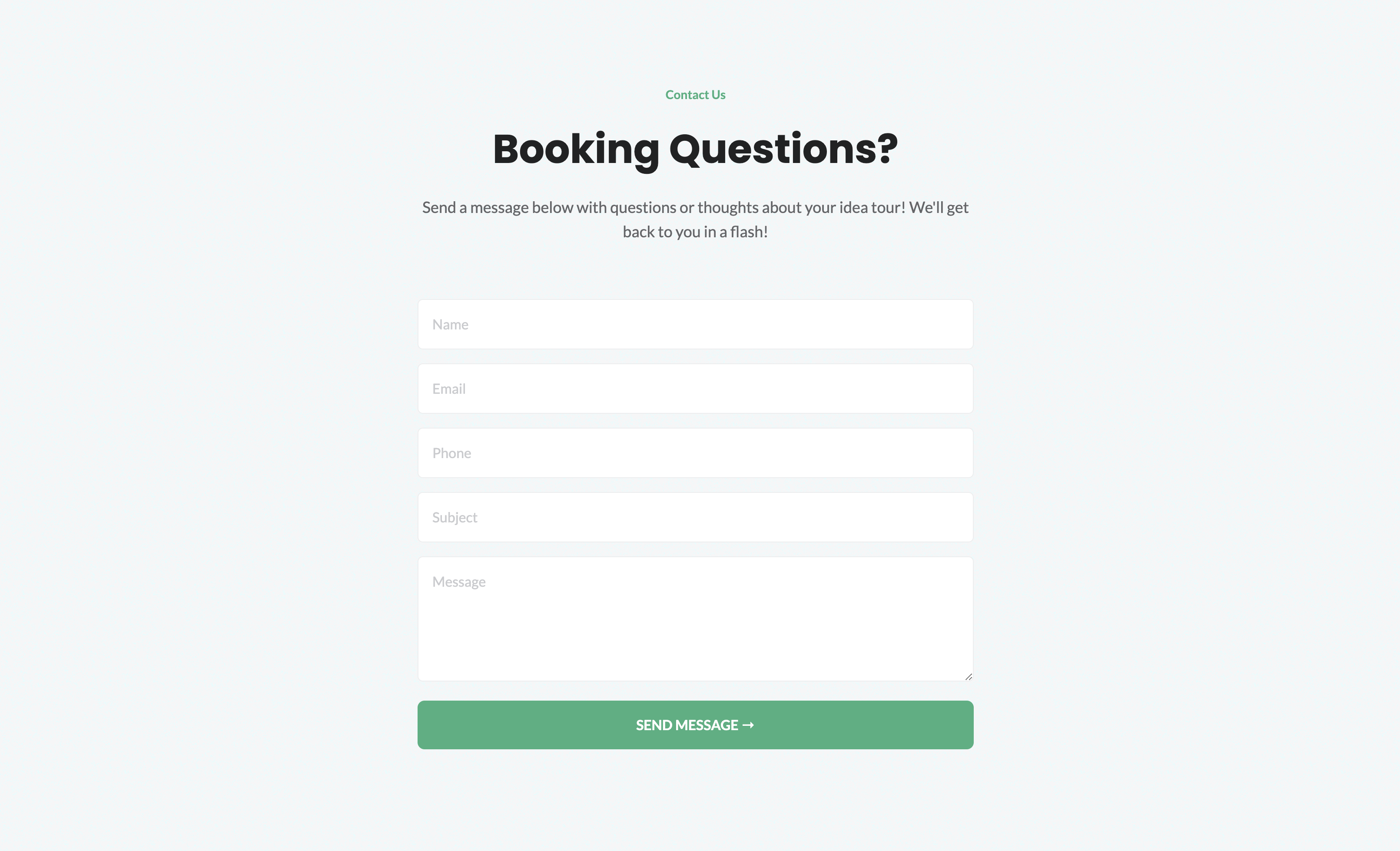
A good mobile experience also helps with visibility: Google’s mobile‑first indexing means sites that aren’t mobile‑friendly can be penalised in search. Ensuring your site performs on phones and tablets improves both UX and discoverability.
Pro Tip: Include a “Call Us Now” button for mobile users. Maybe travellers want to clarify something fast before booking — one tap call means you capture that conversion.
Tip 7: Analyse Performance & Iterate Regularly
Growth is a continuous process. You should track what’s working (which pages generate bookings, what sources drive traffic, which offers convert) and what isn’t. By analysing these metrics, you can optimise and iterate.
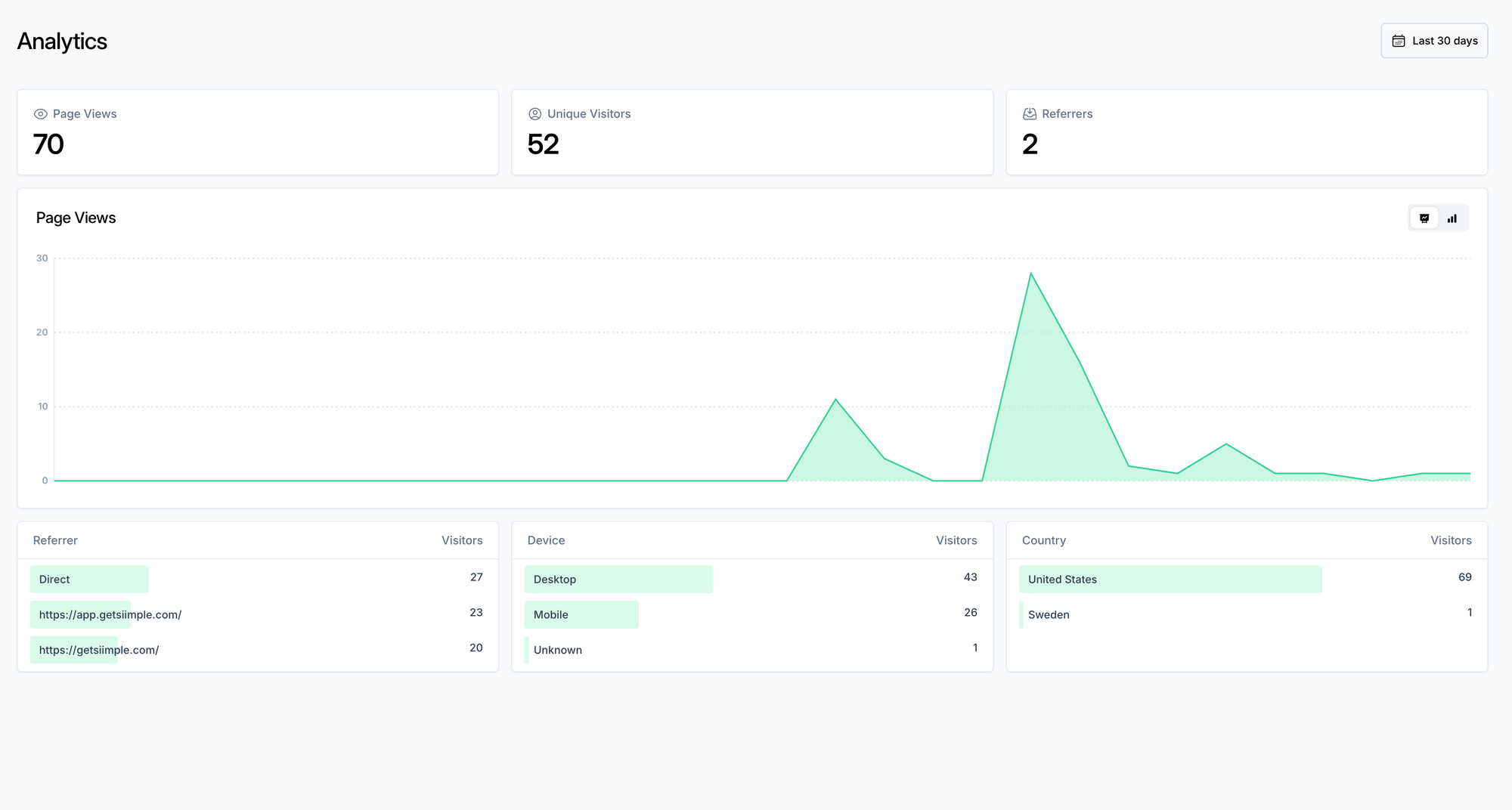
With Siimple you can connect your website to Google Analytics (or whichever analytics tool you prefer) to monitor traffic, sessions, bounce‑rates, conversion‑rates and device usage. Use this data to answer questions like: Are mobile users converting? Which referral channels (social, search, email) bring the highest‑value customers? Which tour page has the highest abandonment rate?
According to the BEA’s data, the U.S. travel & tourism industry's real output grew by 7.0 % in 2023. That kind of growth reflects underlying opportunity—but only if businesses adapt and optimise. By doing so, you stay ahead of the competition.
Every few months, review your website’s data, update your visuals and copy, test new offers, and refine your calls to action. Because Siimple makes your website easy to edit and update, you can iterate faster than competitors locked into clunky systems.
Conclusion
Growing a tourism & activities business today means more than just “having good tours”. It means being discoverable, accessible, flexible, credible, mobile‑ready and data‑driven. The global tourism market is rebounding and expanding — according to the UN World Tourism Organisation, international tourist arrivals grew 5 % in Q1 2025 compared to the same period last year.
With that in mind, leveraging a website builder like Siimple gives you a real advantage: you can craft visually beautiful, conversion-optimised sites, tailor them for different customer segments, integrate bookings, publish content, and update fast — all without waiting on developers or designers.
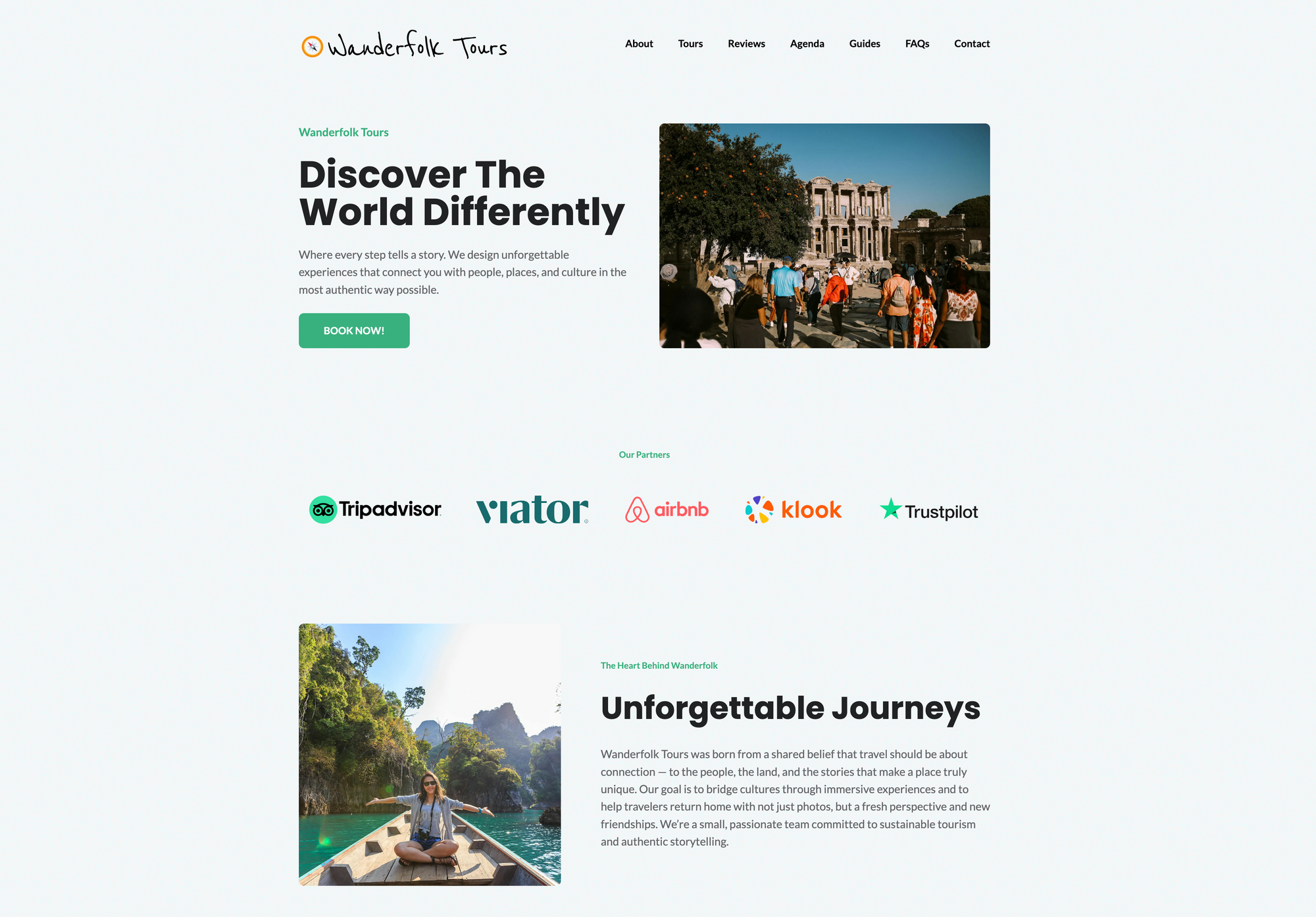
If you’re ready to take your tourism & activities business to the next level, Siimple is the tool that helps you implement these 7 tips—and gives you the platform to grow.

